As a leader, one of your most important roles is to coach your people to do their best. By doing this, you’ll help them make better decisions, solve problems that are holding them back, learn new skills, and otherwise progress their careers. I addressed the importance of using coaching as a leader in a previous LinkedIn article here.
Some leaders are fortunate enough to get formal training in how to use coaching in their day-to-day work. However, despite the increasing attention on this topic, the majority of leaders have to develop this important skill themselves.
As a new manager, this may sound daunting but, if you leverage proven frameworks such as the GROW model and you keep practicing, you can transform the way you lead and get more out of people than you’ve ever thought possible.
The GROW Model is a simple yet powerful framework for structuring effective coaching conversations with your team members.
The model was originally developed in the 1980s by business coaches Graham Alexander, Alan Fine, and Sir John Whitmore.
Now, here is what it stands for:
G – Goal: What’s the goal of the coaching conversation
R – Reality: Explore what’s currently going on around the topic of this goal
O – Options: Explore ideas and brainstorm what they could do to move forward
W – Will Do: Identify the actions they WILL do to move forward
Ok, now let’s have a look at each of these four steps and how you can lead effective coaching conversations with your team members by following the GROW framework.
G – GOAL
Make sure the coaching conversation has one clear goal and is focused on a specific topic or behavior. This helps you keep the conversation targeted and specific, which in turn, helps to avoid lengthy or ineffective coaching conversations that you likely don’t have time for.
Here are some questions with which you can make sure you and your team member are clear on the goal of the conversation:
- What’s the outcome you’re looking to get from this conversation?
- What’s most important to focus on today?
- What’s most important for you to achieve until our next 1-on-1?
R – REALITY
After you’ve established the goal, you want to switch your focus to the current situation. This is where you uncover together what’s been done so far, what’s been working, and what hasn’t been working.
This is the point in the conversation where you help your team member become aware of the current situation and how it impacts her or him. You help to discover which habits, priorities, and actions work or don’t seem to work.
If you need guidance, use some of the following questions to get the most out of this phase of the conversation:
- What have you already done to achieve your goal?
- What have you learned so far?
- How do you feel about your current situation?
- What have you been avoiding?
- What habits might be getting in the way of you achieving your goal?
- What do you like about the current situation?
Tip: Don’t ask closed questions that call for a yes or no answer (such as “Did that cause a problem?”). Instead, ask open ones, like “What effect did that have?”
Once you feel you and your team member have a good sense of awareness of the current situation, it’s time to switch to discuss options.
O – OPTIONS
If your team members could solve their problems alone, they would have. Often what they need from their team leader is help brainstorming, a push or some support to take an action they have been putting off.
This may involve tweaking an existing action, challenging or inspiring to take new actions or bigger actions, or it could mean shrinking a planned action to make it more doable.
Either way, in this phase of the framework, we aim to discover options and solutions that really work for the individual team member.
Make this conversation about what’s “possible”, not what’s “doable” or “probable”. Let the creative juices flow.
Here are some questions you could use to get the brainstorming going:
- What could you do less of, more of, stop doing, or start doing?
- Imagine a world where fear doesn’t exist. What would you do?
- Imagine you’re really excited about this. What would you do?
- What would you do if you knew you couldn’t fail?
- What would you advise your friend/colleague to do?
After spending some time exploring options and ideas, transition the conversation to tangible action items.
W – WILL DO
As with most 1-on-1 conversations with team members, we want to make sure there are some specific action items coming out of the discussion.
Start by reviewing the options and ideas that were just identified. Then help your team member choose the actions that she or he can fully commit to. Take into account their busy lives and make sure the committed actions are achievable.
Use some of the following questions to hone in on the most effective “Will-Do Commitments”:
- So, replay the key options to me…
- What actions do you want to take?
- Which actions will you do?
- How will you stay committed when the going gets tough?
- How would you like to be held accountable for these actions?
Lastly, you can ask “What do you need from me?” to find out what they need from you to support them in moving forward.
Conclusion
The GROW Model is a simple and effective four-step process that helps you structure coaching discussions with team members.
GROW is an acronym that stands for:
- Goal
- Reality
- Options
- Will-Do
You can use the model to help team members change behaviors, improve performance, achieve a goal, and to help them reach their next career objectives.

